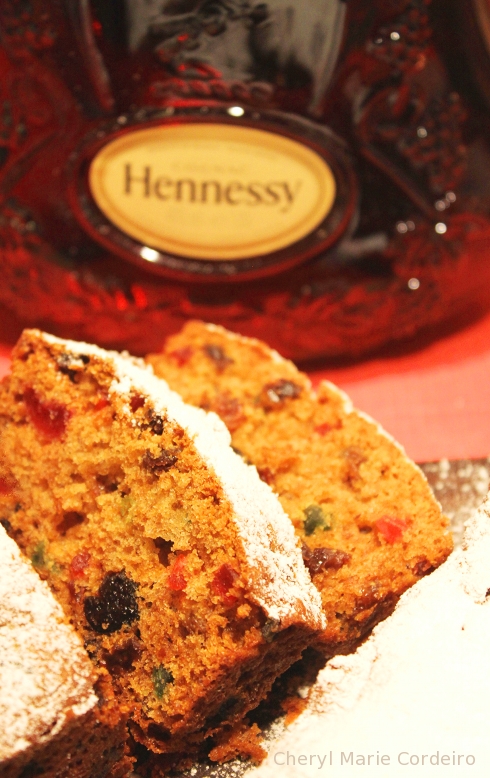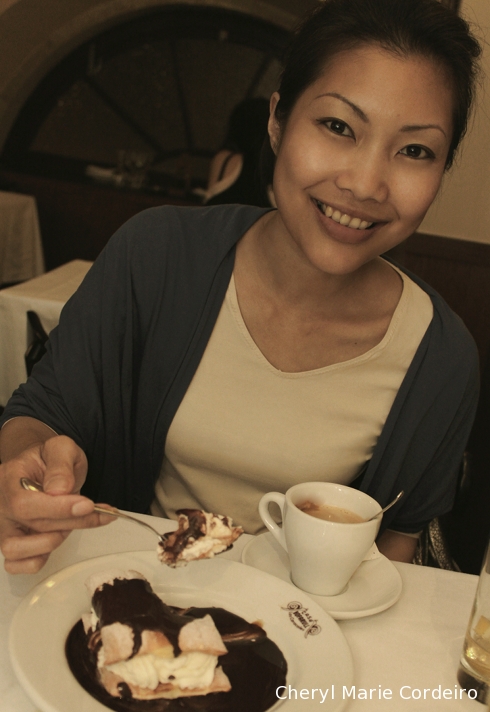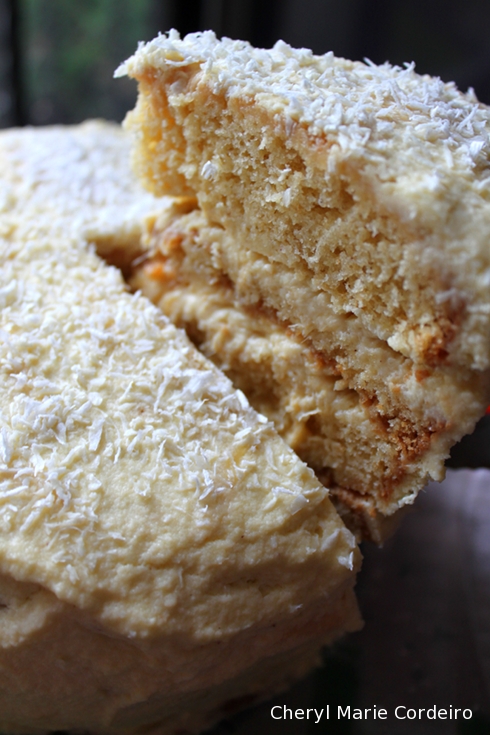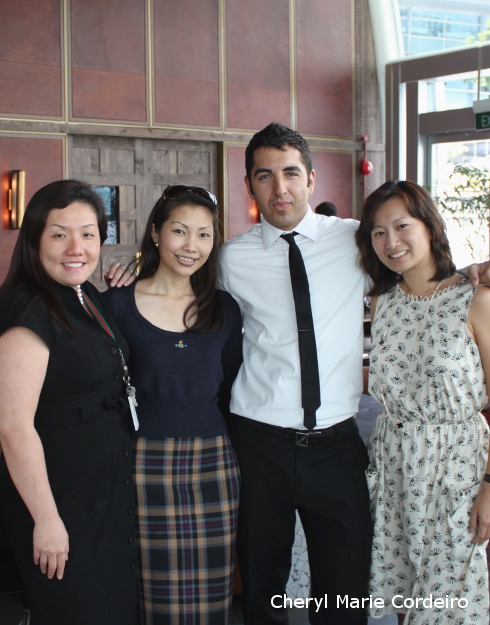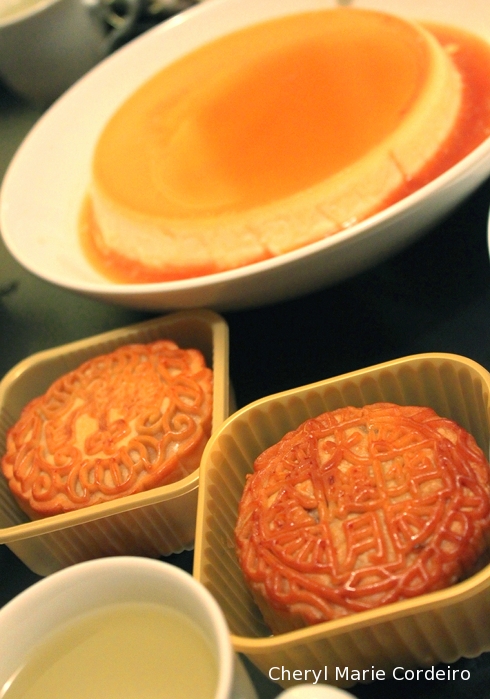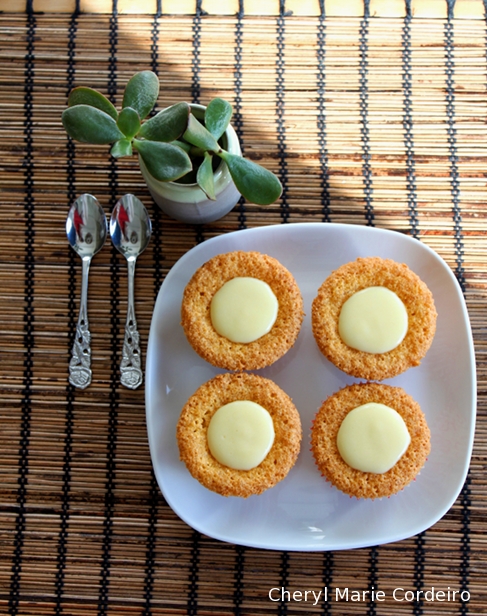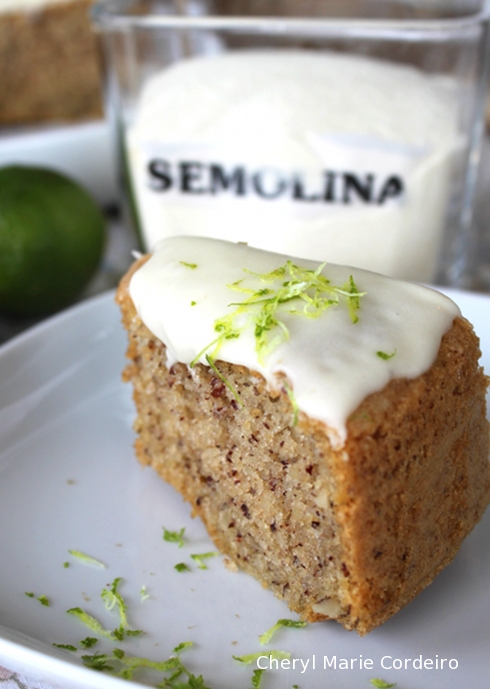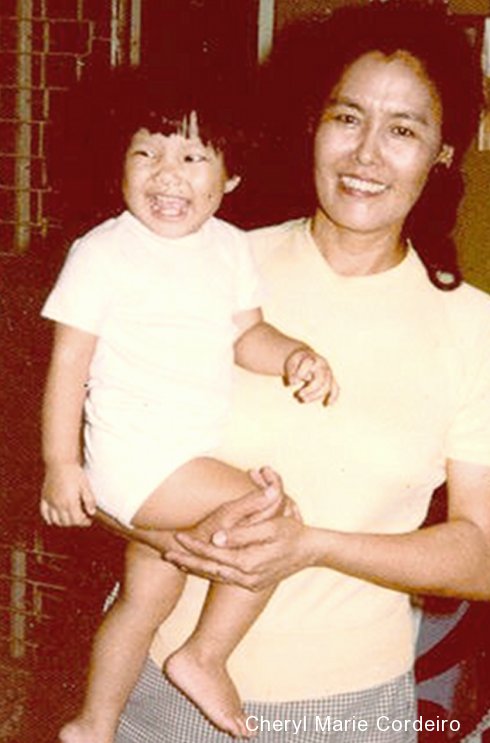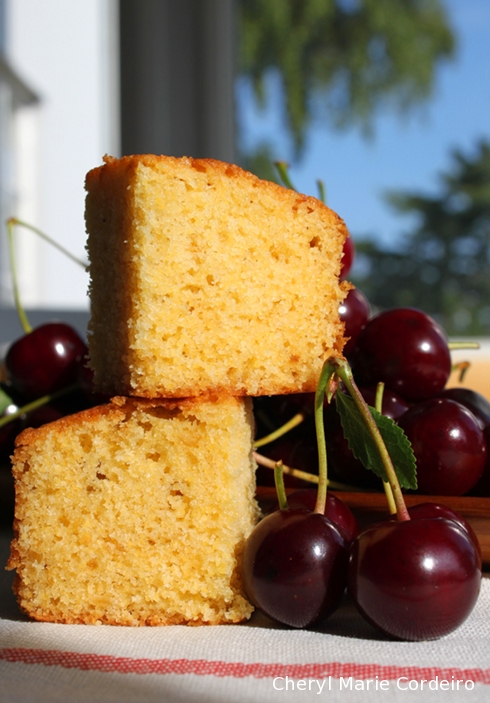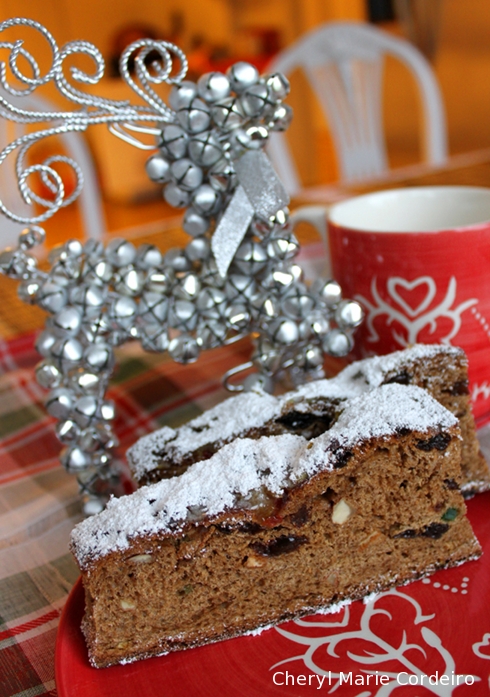
Dark ginger orange stollen – a variation of the Swedish julbröd or vörtbröd.
Text and Photo © CM Cordeiro 2012
Stollens are one of my favourite festive foods at year end, together with the British inherited version of dark brandied fruitcake / fruit pudding mainly because I find so exotic and comforting at the same time, the blend of flavours from the butter, the spices and dried fruits.
Continue reading “Dark ginger orange stollen”
